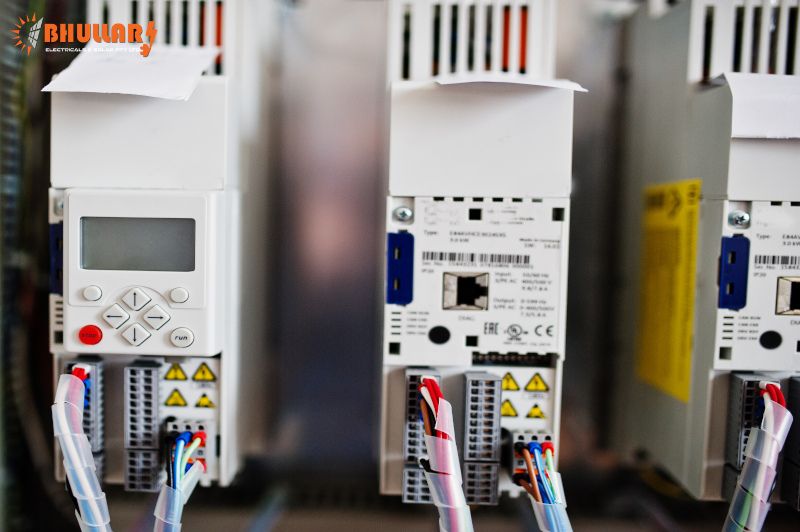
In Australia, single-phase power is found in most houses; however, three-phase power may be used to link larger homes to the grid. There are numerous overhead wires above street poles because electricity is produced and distributed in three stages. 3-phase switchboard permits us to use a single electrical supply to provide both 240V and 415V power.
Setting up a three-phase power supply has several advantages over a single-phase one for various residences and commercial buildings. In case you are pondering over whether this choice is suitable for you, we have compiled an extensive guide on 3-phase switchboard in Australia.
A 3-phase switchboard is sometimes referred to as a distribution board or panel. It is a key part of an electrical distribution system. This distribution board separates power and directs it to different locations of usage through circuit division. These switchboards are used in residential, commercial, and industrial contexts in Australia, where three-phase electricity supply is the norm.
The new 3-phase system is installed in the house by a level 2 licensed electrician. A typical electrician will not be able to install the 3-phase system correctly due to its complexity and advanced nature. If there is an existing 3-phase system, the level 2 electrician will safely remove it and install the new one.
Every step of the procedure is carried out safely, and inspections are done at every stage of the work. This is to guarantee that every component of the system is securely connected and that every point is secure.
Final Consideration
Australia has stringent electrical laws and standards, such as the Australian Standards (AS/NZS 3000 Wiring Rules), that must be followed while installing 3-phase switchboards. The 3-phase switchboard plays a vital role in powering homes, companies, and industries across the nation. But remember to always hire a reputed electrician to make the required changes.